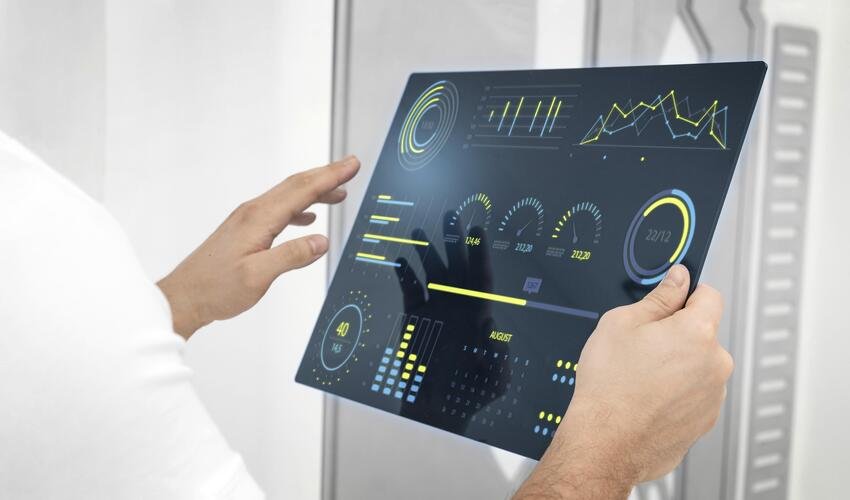
The world is creating more data every second. Understanding connections between data points is now more important than ever. Graph databases are rising as a strong solution. They are changing how data is stored, accessed, and analyzed. In this article, we explore how graph databases are emerging in AI and machine learning applications. We explain what they are, why they matter, and how they help in real-life use cases.
What Are Graph Databases?
Graph databases store data in the form of nodes and edges. Nodes represent data points like people, places, or objects. Edges show relationships between those nodes. For example, in a social network, users are nodes. Friendships between users are edges. This format makes it easy to see and analyze connections. Unlike traditional databases, graph databases do not use tables and rows. They use a flexible structure, which is great for complex data relationships.
Why Are Graph Databases Emerging?
Graph databases are emerging due to the explosion of connected data. This includes social media, recommendation engines, fraud detection, and more. AI and machine learning need to find hidden patterns in large datasets. Traditional databases struggle with relationship-heavy data. Graph databases solve this problem by focusing on relationships. They allow real-time queries across billions of connections. This makes them perfect for advanced analytics and smart algorithms. Thus, graph databases in AI and machine learning are no surprise.
Key Benefits of Graph Databases in AI
Here are some key advantages of using graph databases in AI:
1. Faster Relationship Analysis
Graph databases access relationships directly. No need to join multiple tables like in SQL databases. This speeds up learning and prediction processes.
2. High Flexibility
Data models change easily. You can add new types of nodes or connections without breaking existing systems.
3. Powerful Pattern Recognition
Graphs help AI systems find patterns, clusters, and communities. This is great for social media analysis and fraud detection.
4.Explainable AI
Graphs show how decisions are made. They create transparent and traceable AI models. This is vital in finance, health, and legal tech.
Machine Learning with Graphs
Machine learning often relies on structured data. Graphs provide structure with context. They not only store data but also store relationships. This extra context improves model accuracy. Graph-based features give machine learning models more depth.
For example, a recommendation system might consider:
- A user’s behavior (node)
- Their friends’ preferences (connected nodes)
- The time they made a purchase (edge property)
This multi-layered view improves predictions and user experience.
Real-World Applications
Let’s look at real-life AI and ML applications where graph databases shine.
1. Recommendation Engines
Graph databases track what users like and whom they follow. AI uses this data to suggest products, movies, or articles. Netflix, Amazon, and Spotify use this logic daily.
2. Fraud Detection
Fraud networks often hide behind many layers. Graphs reveal connections between people, accounts, and transactions. AI flags suspicious activity faster using graph-based pattern detection.
3. Drug Discovery and Healthcare
In healthcare, everything is connected—patients, symptoms, drugs, and genes. Graph databases map these connections. AI uses them to discover new treatments or detect diseases earlier.
4. Knowledge Graphs in Chatbots
AI chatbots use knowledge graphs to understand context. This helps in answering questions and having smarter conversations.
5. Supply Chain Optimization
Companies track suppliers, warehouses, shipments, and buyers. Graphs show the entire chain clearly. AI uses it to avoid delays or find better routes.
Tools and Technologies
Many tools help implement graph-based AI models. Some popular graph databases include:
- Neo4j – Most popular open-source graph database.
- TigerGraph – Designed for large-scale graph analytics.
- Amazon Neptune – Cloud-based and scalable.
- ArangoDB – Multi-model with graph support.
Machine learning libraries also support graph data:
- PyTorch Geometric
- Deep Graph Library (DGL)
- GraphFrames for Apache Spark
These tools work well with AI platforms like TensorFlow and Scikit-learn.
Challenges to Consider
Even though graph databases are powerful, they come with challenges.
1. Learning Curve
Graph query languages like Cypher or Gremlin are new for many developers.
2. Data Modeling
Graphs need good design to avoid confusion. Bad graph models can reduce performance.
3. Integration Issues
It may be hard to connect graph databases with existing systems.
4. Scalability
Some graph databases may slow down with very large datasets. You must choose the right tool for your use case. Despite these issues, the benefits often outweigh the problems.
Future Trends
Graph databases are expected to grow rapidly in AI systems. The demand for real-time, explainable, and connected AI will rise.
Future trends may include:
- More graph neural networks (GNNs) for deep learning
- Better graph-based AI tools and plugins
- Integration with cloud AI platforms
- AutoML support for graph-based data
Organizations that invest in graphs now will stay ahead in innovation. So, we will continue seeing graph databases emerging in new areas of artificial intelligence.
Summary
Graphs are a natural fit for AI and machine learning. They help systems understand connections and context. In this article, we learned:
- What graph databases are
- Why do they matter in AI and ML
- Real-world use cases
- Popular tools and libraries
- Key benefits and challenges
With graph databases emerging in AI applications, the future of smart technology looks bright. Graphs bring more meaning to data, and AI turns that meaning into action. If you’re in tech, data science, or DevOps, this is the time to explore graph databases. Your next AI breakthrough may begin with a node and an edge.
